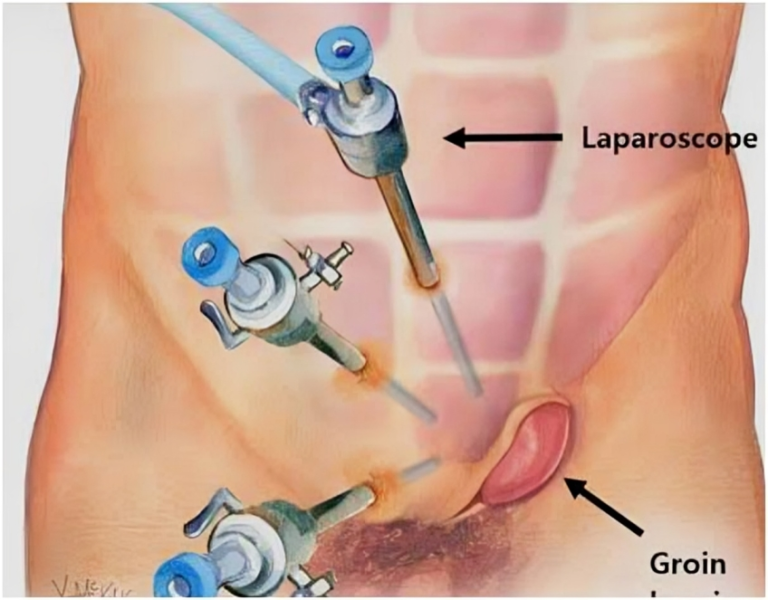Hernia Surgery: Understanding the Procedure Recovery and Outlook.
Hernias are a common medical condition characterized by the protrusion of an organ or tissue through a weak spot in the surrounding muscle or connective tissue. While hernias can occur in various parts of the body, they most commonly affect the abdominal wall. When conservative measures fail to alleviate symptoms or complications arise, surgery becomes necessary. In this article, we explore the intricacies of hernia surgery, including the procedure, recovery process, and outlook for patients.
To Know More About It Please Click Here
Understanding Hernias:
Before delving into hernia surgery, it’s essential to understand the nature of hernias and their underlying causes. Hernias can develop due to factors such as heavy lifting, persistent coughing, obesity, pregnancy, or previous surgical incisions. Common types of hernias include inguinal hernias (occurring in the groin), umbilical hernias (around the belly button), and incisional hernias (at the site of a previous surgical incision).
The Decision for Surgery
While some hernias may be asymptomatic and require no intervention, others can cause discomfort, pain, and complications such as bowel obstruction or strangulation, which require prompt surgical repair. The decision for hernia surgery is typically based on the severity of symptoms, the risk of complications, and the patient’s overall health status.
The Hernia Surgery Procedure
Hernia surgery, also known as herniorrhaphy or hernioplasty, aims to repair the weakened muscle or tissue and close the hernia defect. There are two primary surgical techniques employed:
- Open Hernia Repair: In this approach, the surgeon makes an incision near the hernia site to access the herniated tissue. The protruding organ or tissue is gently pushed back into place, and the weakened muscle or tissue is reinforced with stitches or a surgical mesh. This method allows for direct visualization of the hernia and surrounding structures, facilitating precise repair.
- Laparoscopic Hernia Repair: Laparoscopic surgery involves making several small incisions in the abdomen through which a laparoscope (a thin, lighted tube with a camera) and surgical instruments are inserted. The surgeon uses the laparoscope to view the hernia and surrounding tissues on a monitor and performs the repair using specialized instruments. Laparoscopic hernia repair offers the advantages of smaller incisions, reduced postoperative pain, and quicker recovery compared to open surgery.
Recovery and Rehabilitation
Following hernia surgery, patients typically experience some degree of discomfort, swelling, and bruising around the incision site. Pain management medications may be prescribed to alleviate discomfort during the initial recovery period. Patients are advised to gradually resume light activities and avoid strenuous exercise or heavy lifting for several weeks to allow the surgical site to heal properly.
Outlook and Long-Term Prognosis
The outlook for patients undergoing hernia surgery is generally favorable, with a high success rate in repairing the hernia and alleviating symptoms. Complications such as recurrence of the hernia, infection, or nerve injury are rare but can occur. Patients are encouraged to follow postoperative instructions provided by their surgeon and attend follow-up appointments to monitor their recovery progress.
Conclusion
Hernia surgery is a commonly performed procedure aimed at repairing weakened muscle or tissue and alleviating symptoms associated with hernias. Whether performed through open or laparoscopic techniques, hernia repair surgery offers patients an opportunity for relief from discomfort and a return to normal activities. With advancements in surgical techniques and postoperative care, hernia surgery continues to provide effective solutions for patients experiencing hernia-related symptoms.
For any further queries, Plz visit https://drdhruvkundra.com/ or you can check our social media accounts, Facebook, YouTube, Twitter



